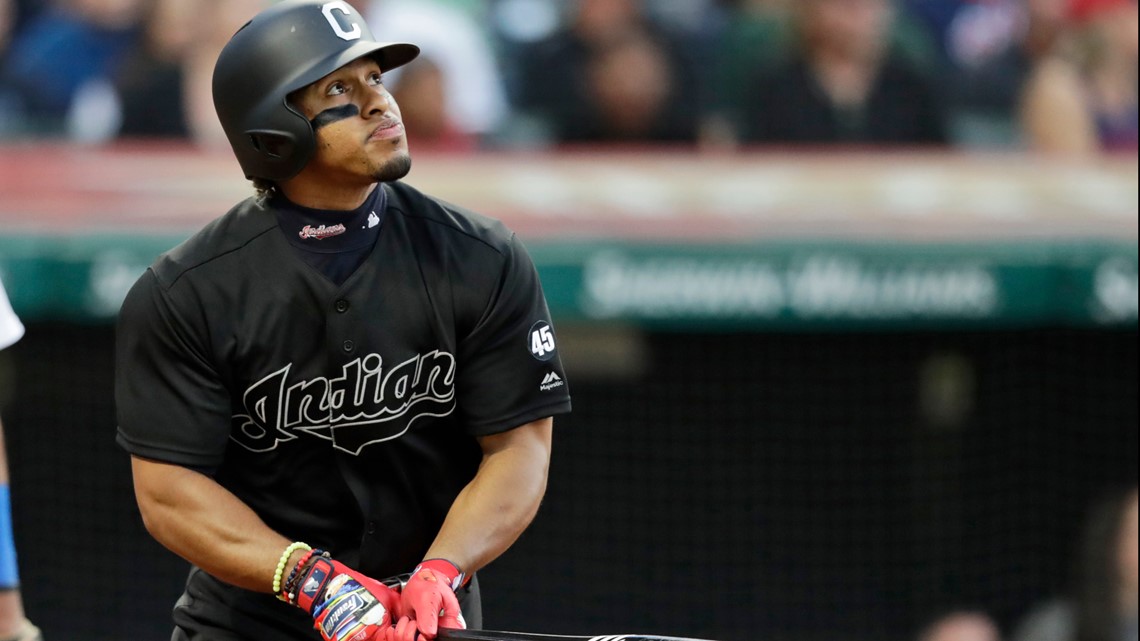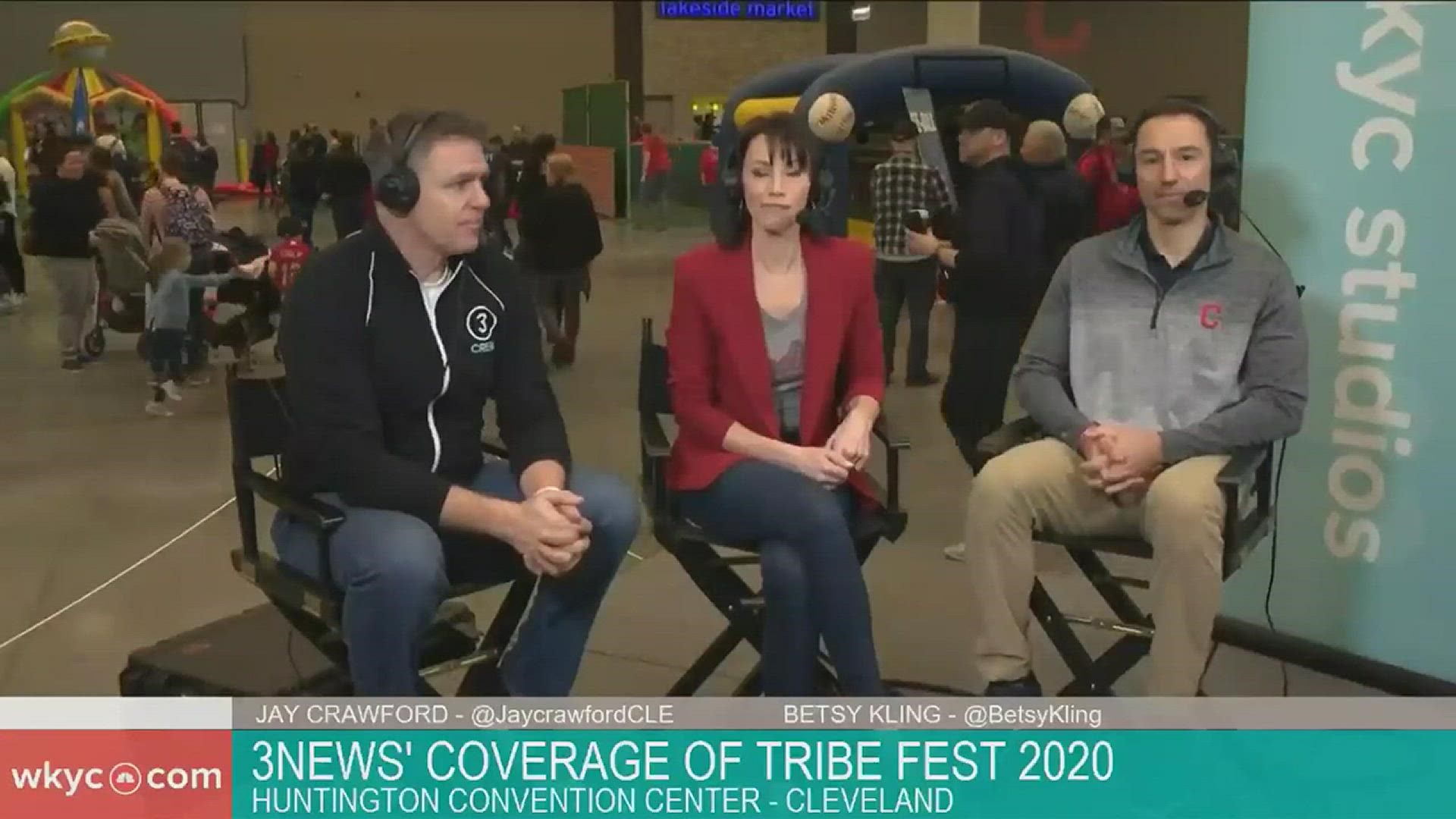It was less than a month ago that the Cleveland Indians and Francisco Lindor revealed that they had been discussing a contract extension, which marked the first sign of any negotiations between the two sides in three years.
But on Wednesday, Indians president Chris Antonetti sat at a podium in Goodyear, Arizona, with a self-imposed deadline having passed and no new contract in place.
"We spent quite a bit of time together over the course of the last few months trying to find a way to make something work," Antonetti said. "We had a series of great exchanges, tried different creative concepts to try to make things work, but ultimately we weren’t able to align at this point."
As Antonetti forecasted when he discussed the situation last month, the main roadblock between the Indians and Lindor remains the team's ability to both sign him to a high-priced contract and field a competitive roster. With Cleveland's payroll currently sitting at just over $90 million and Lindor projected to receive between $30 million and $35 million in annual salary on his next contract, the Indians would have to increase their spending just in order to maintain their current status quo.


Speaking to Jason Lloyd of The Athletic earlier this week, Lindor said he believes such feat would be achievable if Cleveland upped its payroll to $120 million. Speaking to reporters on Wednesday, Antonetti disputed that notion.
“I’m not sure exactly where Francisco got that number," Antonetti said. "It certainly wasn’t something that we shared. Obviously, he’s entitled to think about things the way he chooses to think about them."
While Lindor remains under team control with Cleveland for the next two seasons, this past negotiating window between the two sides was a crucial one. Based on previous precedent with star players, the Indians now have until this season's trade deadline to deal Lindor or face either trading him for a diminished value next season or risk watching him leave in free agency for nothing in return in two years.
Antonetti said that there are a number of ways the Indians can proceed from here and that a lot of it depends on where the team stands from a competitive standpoint. He also acknowledged that between Lindor's market value and Cleveland's financial realities, the two sides may not get any closer than they did this offseason.
“It’s really hard," Antonetti said. "That’s the fundamental challenge that we have. As I shared earlier, any team can afford one player individually. The question is, can you afford an individual player and still build a championship team around him?
"That’s ultimately the problem we’re trying to solve. And it’s really difficult in baseball’s economic system for teams in smaller markets to be able to do that and retain players of Francisco’s caliber. It doesn’t mean we’re going to give up trying. Francisco’s not going to give up trying and we’re not going to give up trying. But it’s really hard to make that math work.”

